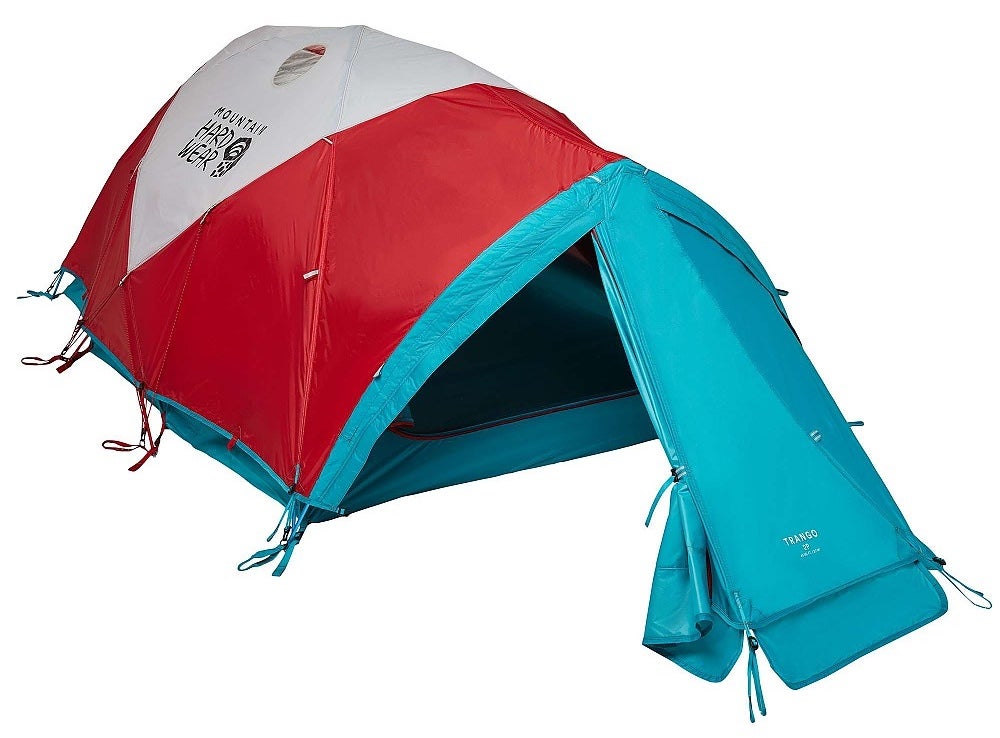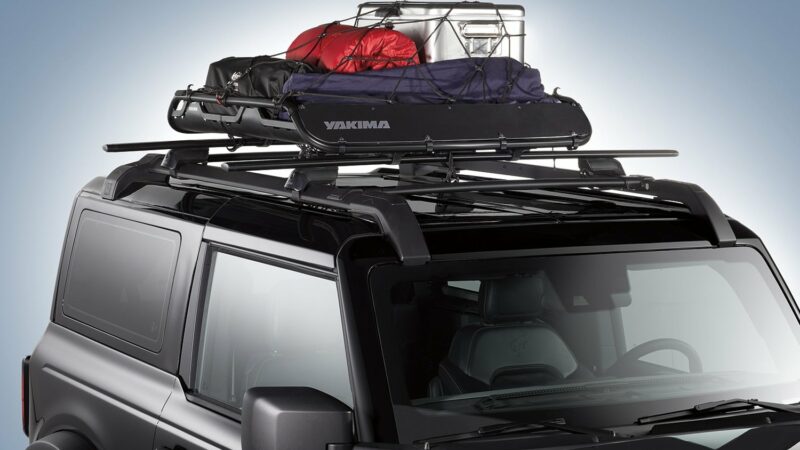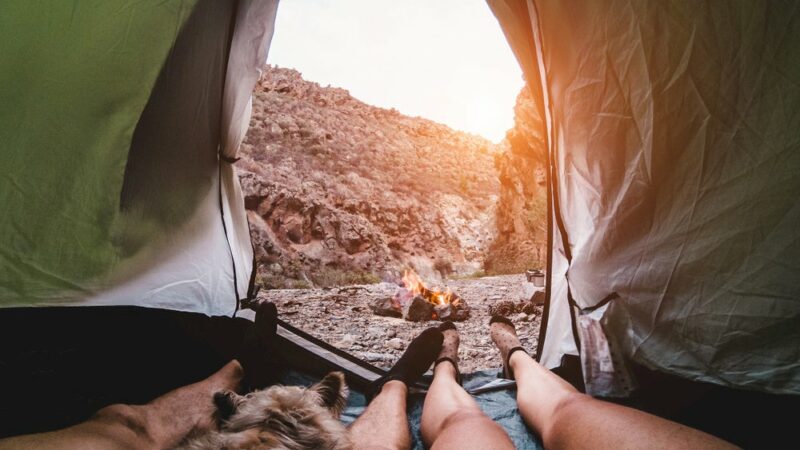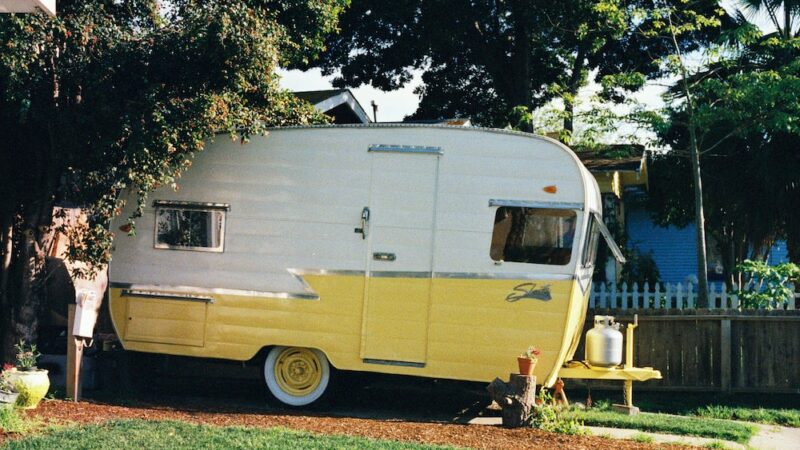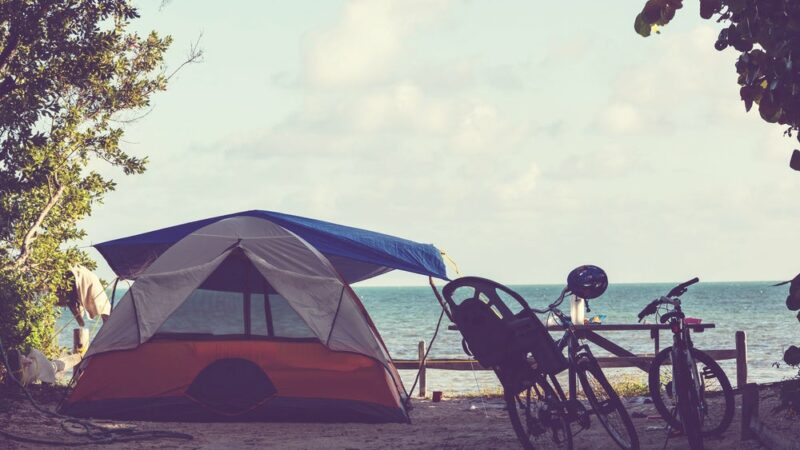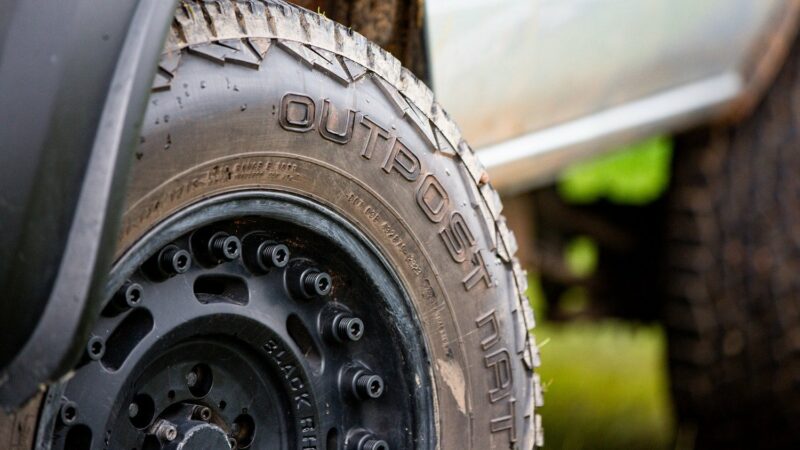Winter Camping Tips to Make Your Trips Easier & Safer
One of the best parts of winter camping is the quiet. It’s not just the absence of crowds. Birds have long flown south, many animals are hibernating, so entire landscapes become silent for the snow season.
Certainly, camping in the winter is cold. But a little preparation, the right gear, and some simple strategies can help turn a frigid night sleeping outdoors into a cozy one.
So, let’s make sure you can enjoy all the best parts of camping in the snow. Especially on those clear starry nights, when moonlight reflects off the snow and makes the entire forest glow, winter camping is an unforgettable experience.
How To Choose a Winter Camping Tent
When you’re camping in the winter, your tent becomes your most vital piece of equipment. It’s your shelter from the elements, sub-freezing temperatures, the snowpack, and the wind.
When you get to camp, set up your tent as soon as possible, while there’s still daylight. A bit of sunshine warms up the tent, allowing it to trap heat.
You’ll want to have a winter-specific tent — look for a four-season rating on the product description. Two good options are the MSR Access 3 Tent and the Mountain Hardwear Trango 2 Tent. These tents are designed to endure the cold and handle overnight snowfall, and their materials are better suited to stand up against icy winds.
The other thing you’ll want to look for in a good winter camping tent — and this might sound counterintuitive — is ventilation. Condensation is your enemy when you’re camping in the winter. A good tent helps you manage moisture with a well-designed ventilation system.
Gear To Bring For Winter Camping
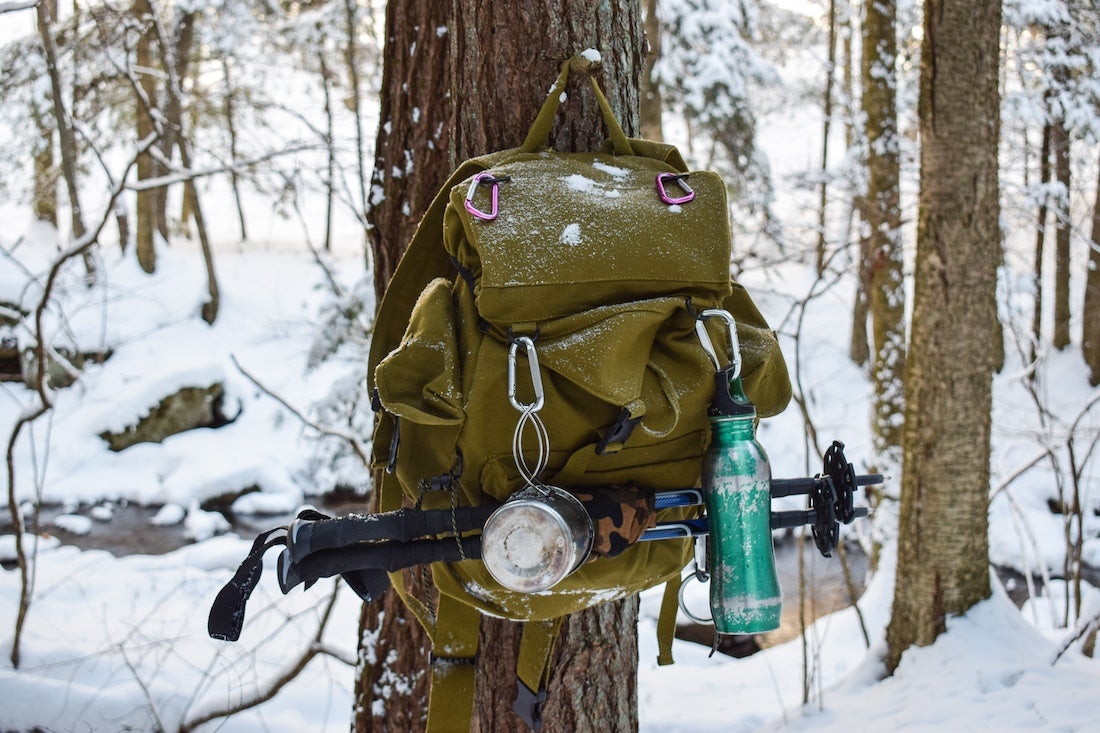
Consider a Portable Heater
The Mr. Heater Portable Buddy runs on propane, warms up small spaces like the inside of a tent, and operates at higher elevations, up to 7,000 feet. That extra source of warmth inside your tent will be a lifesaver, especially in the morning.
Layers, layers, layers
The secret to layering — in all seasons, but especially in the winter — is about having a system. And a good layering system builds up, so you’re pulling on warmer layers as temperatures drop and you’re shedding layers as temperatures heat up during the day.
A good pair of moisture-wicking thermal underwear is the start — and natural fiber, like Smartwool’s merino layers, doesn’t stink compared to synthetics.
The mid-layer is the hero of the pack. Down jackets are lighter and more compressible. But in wet conditions, you’ll want a synthetic mid-layer, like the Arc’teryx Atom Insulated Hoodie, that is quicker to dry and holds its insulation even when there’s moisture.
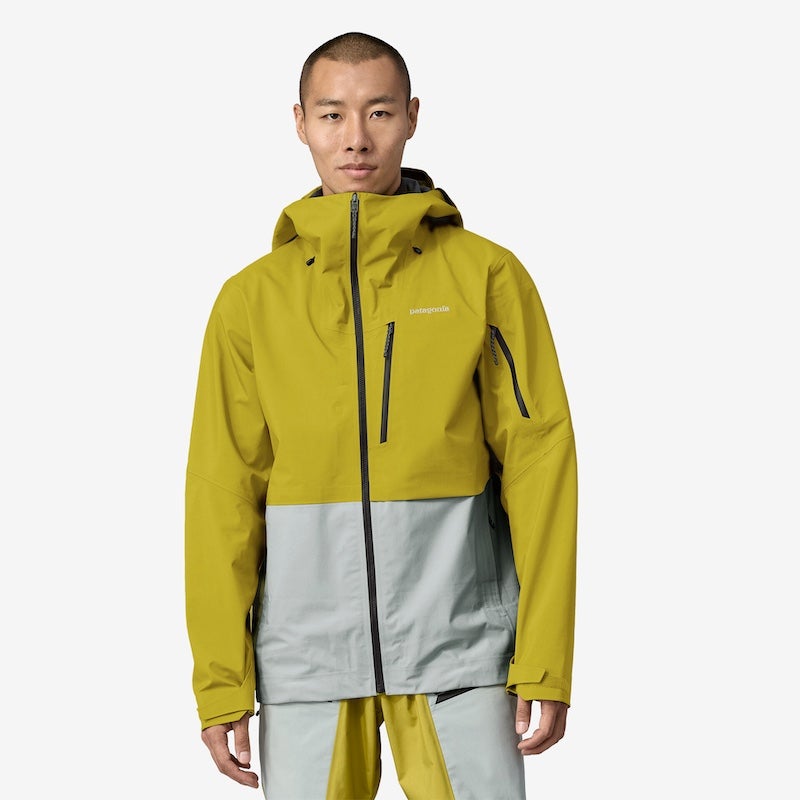
Last, but not least, a three-layer waterproof shell will protect you from the elements — wind, snow, rain, sleet — whatever Mother Nature brings. Look for a shell that is stormproof, and windproof, preferably one that’s also PFC-free and made without toxic chemicals, like Patagonia’s Untracked Jacket.
Oh, and don’t forget a good pair of gloves, waterproof boots and a hat. I’m a big fan of the Buff, as well, which prevents heat from escaping around my neck.
A Word About Sunscreen
This one isn’t so obvious, but if you’re camping in the snow, come daytime, sunscreen is an absolute must to protect your skin from those rays reflecting off the snow.
A Zero-Degree Sleeping Bag
I made the mistake of camping in the middle of January in a sleeping bag rated to withstand temperatures as cold as 15 degrees Fahrenheit. And that night, temperatures dropped even lower. Which meant I was shivering all night long.
Don’t make the same mistake.
Get a zero-degree sleeping bag, like the Big Agnes Echo Park 0. You’ll be cozy on the coldest nights.
5 More Tips & Tricks For Cold Winter Nights
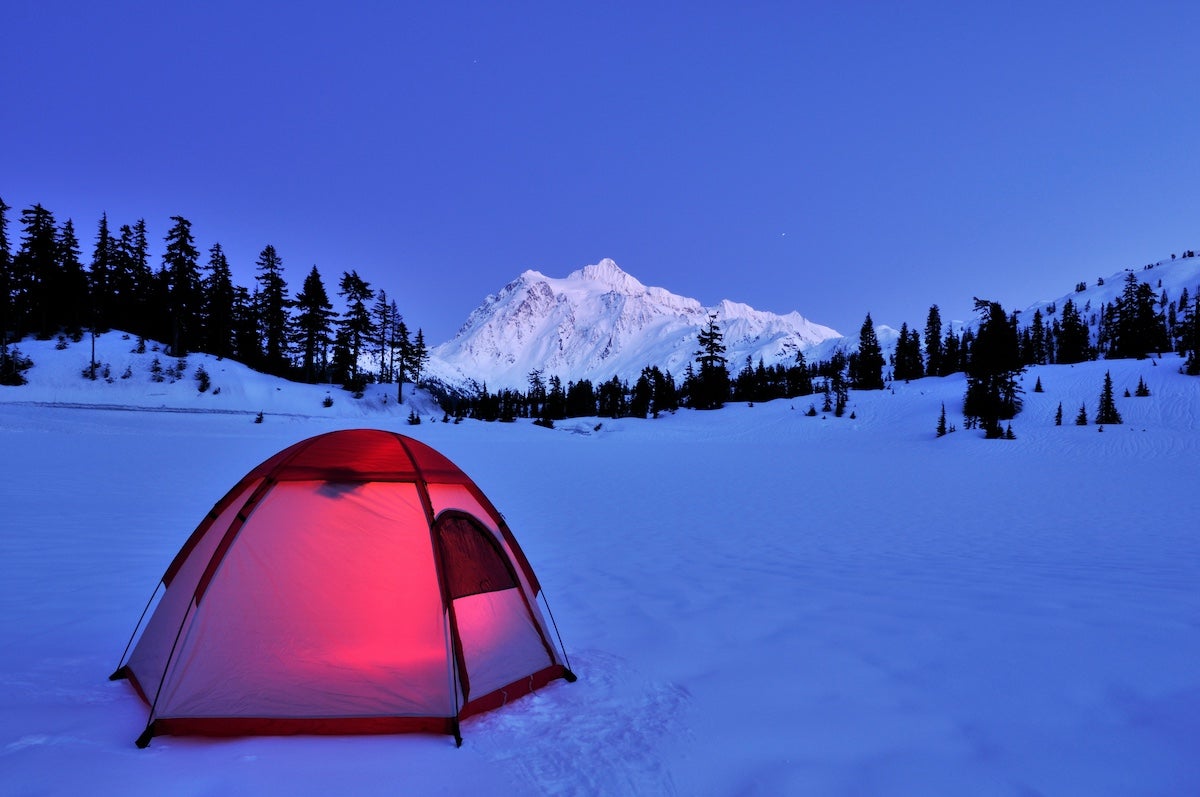
Put a Hot Water Bottle In Your Sleeping Bag
Before you turn out the lights, fire up the JetBoil and dump the boiling water into a Nalgene. Then stuff that plastic water bottle full of hot water into your sleeping bag. And voila! You have a DIY heater that’ll keep your toes warm.
Select a Campsite That’s Protected From The Wind
A perfectly chilly night will turn into a frigid nightmare if the wind picks up. So before you set up your tent, scope out a good site that has natural protection from the wind.
Beware of Moisture Buildup
We said it before, and we’ll say it again: condensation is your enemy when you’re winter camping. You’ll be glad you took the extra steps to keep moisture out of your tent and to stay dry. That means bringing a synthetic mid-layer layer, instead of a down jacket. It means storing wet clothes outside of your tent, if possible.
Don’t Forget The Sleeping Pad
Not only will a sleeping pad provide a cushion, it’s also another layer of insulation between you and the snow.
There’s Always Glamping
Look, winter camping in a tent is a once-in-a-lifetime experience. But it’s also not for the faint of heart. Thankfully there are so many ways to experience those starry winter nights and the glow of moonlight on the snow.
The Dyrt is full of glamping options and ideas that will elevate you from the snow, protect you from the elements, and take the stress out of winter camping.
The post Winter Camping Tips to Make Your Trips Easier & Safer appeared first on The Dyrt Magazine.
Source: https://thedyrt.com/magazine/lifestyle/winter-camping-tips-to-make-your-trips-easier-safer/

